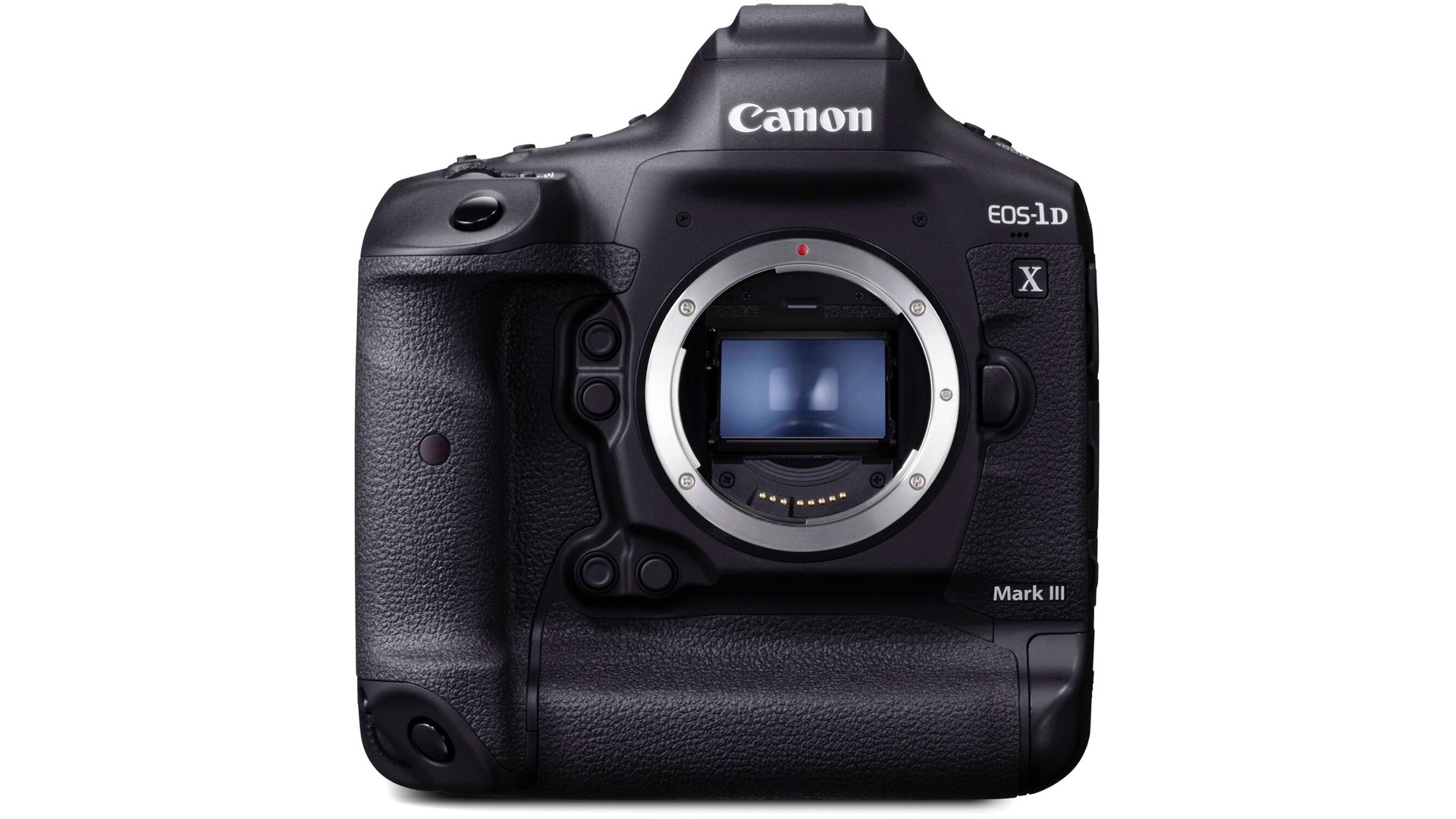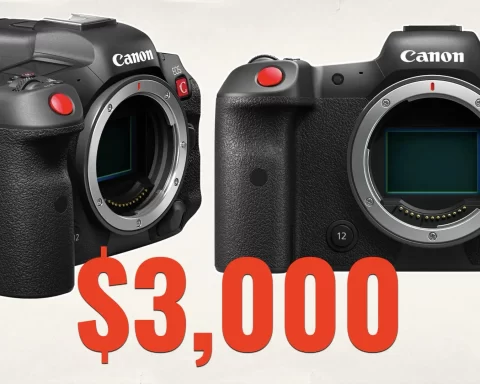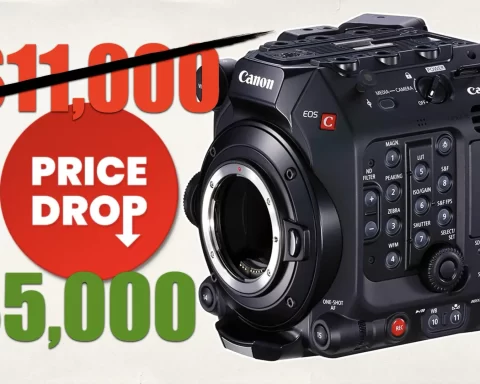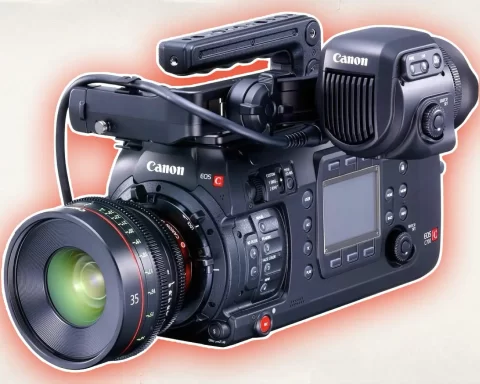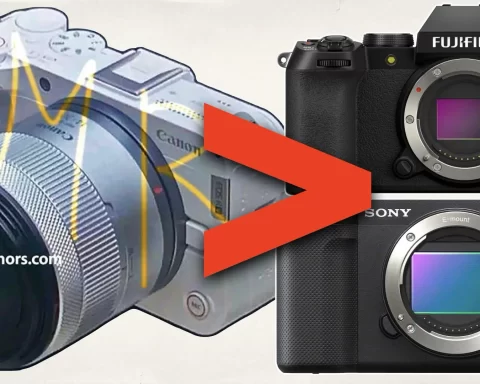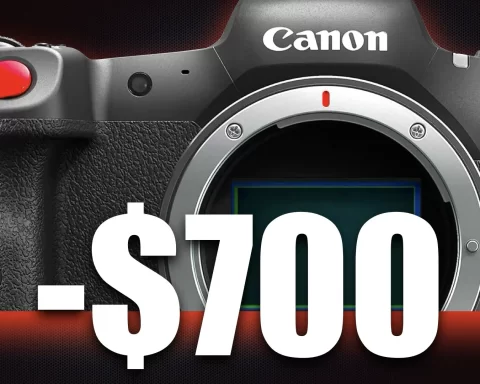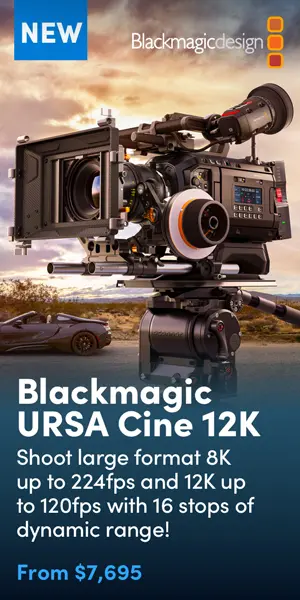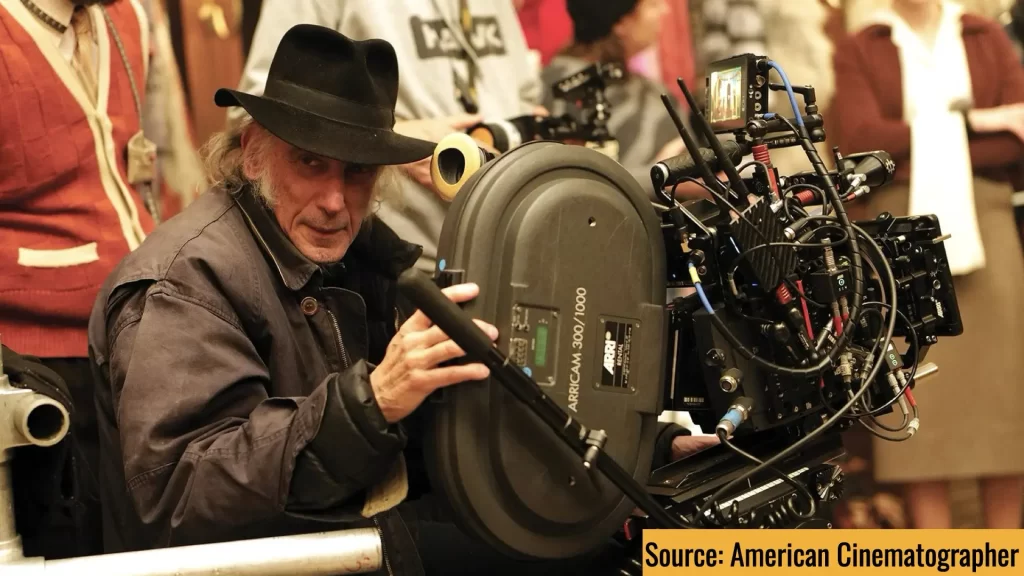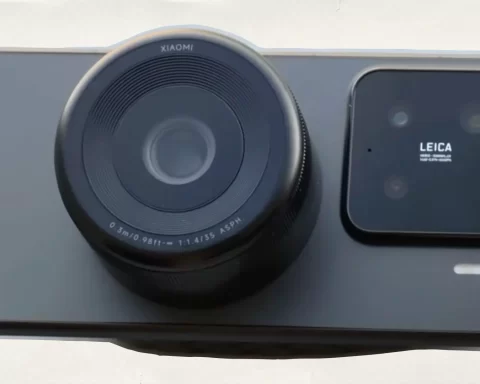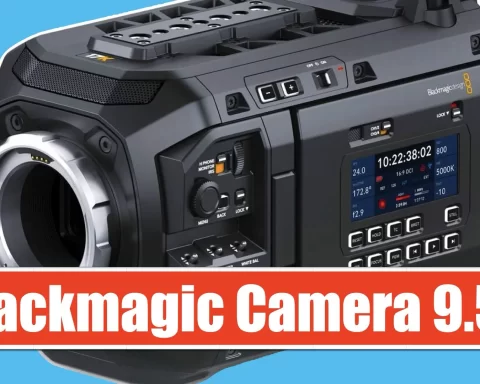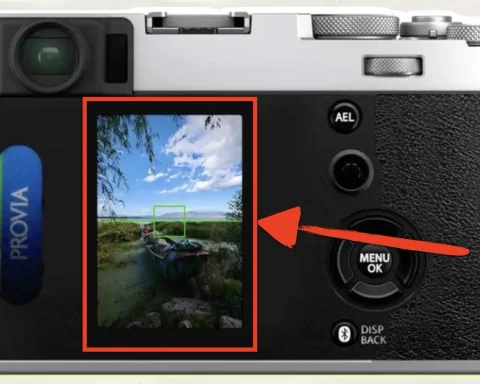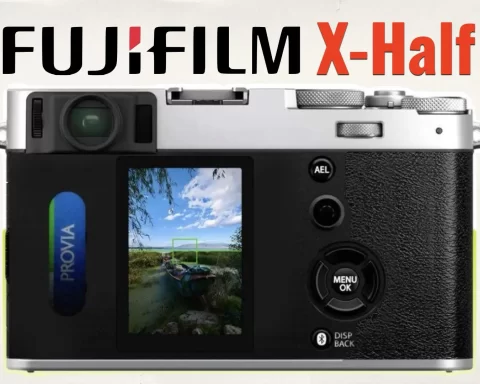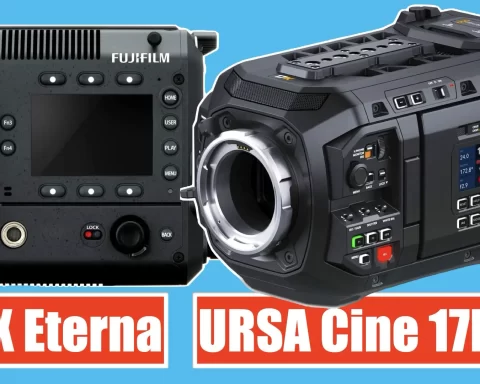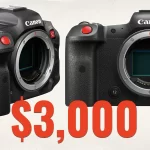Despite being officially declared Canon’s last DSLR, the Canon EOS-1D X Mark III has defied all expectations—especially when it comes to price. While Canon’s new mirrorless flagship, the EOS R1, boasts cutting-edge specs and represents the brand’s mirrorless future, it surprisingly costs less than its older DSLR sibling. The R1 launched at a price that hovers around $6,300, whereas the EOS-1D X Mark III is still being listed at $6,499 brand-new at major retailers like B&H and Adorama.
This odd pricing phenomenon invites a set of important questions:
-
Why does an older DSLR that’s no longer in development or production cost more than Canon’s top-tier mirrorless camera?
-
Who’s still buying the 1D X Mark III at full price?
-
Why hasn’t Canon offered a significant permanent discount despite the camera being declared obsolete in terms of Canon’s future roadmap?
-
What does this say about the DSLR’s reputation and legacy?
Let’s dig in.
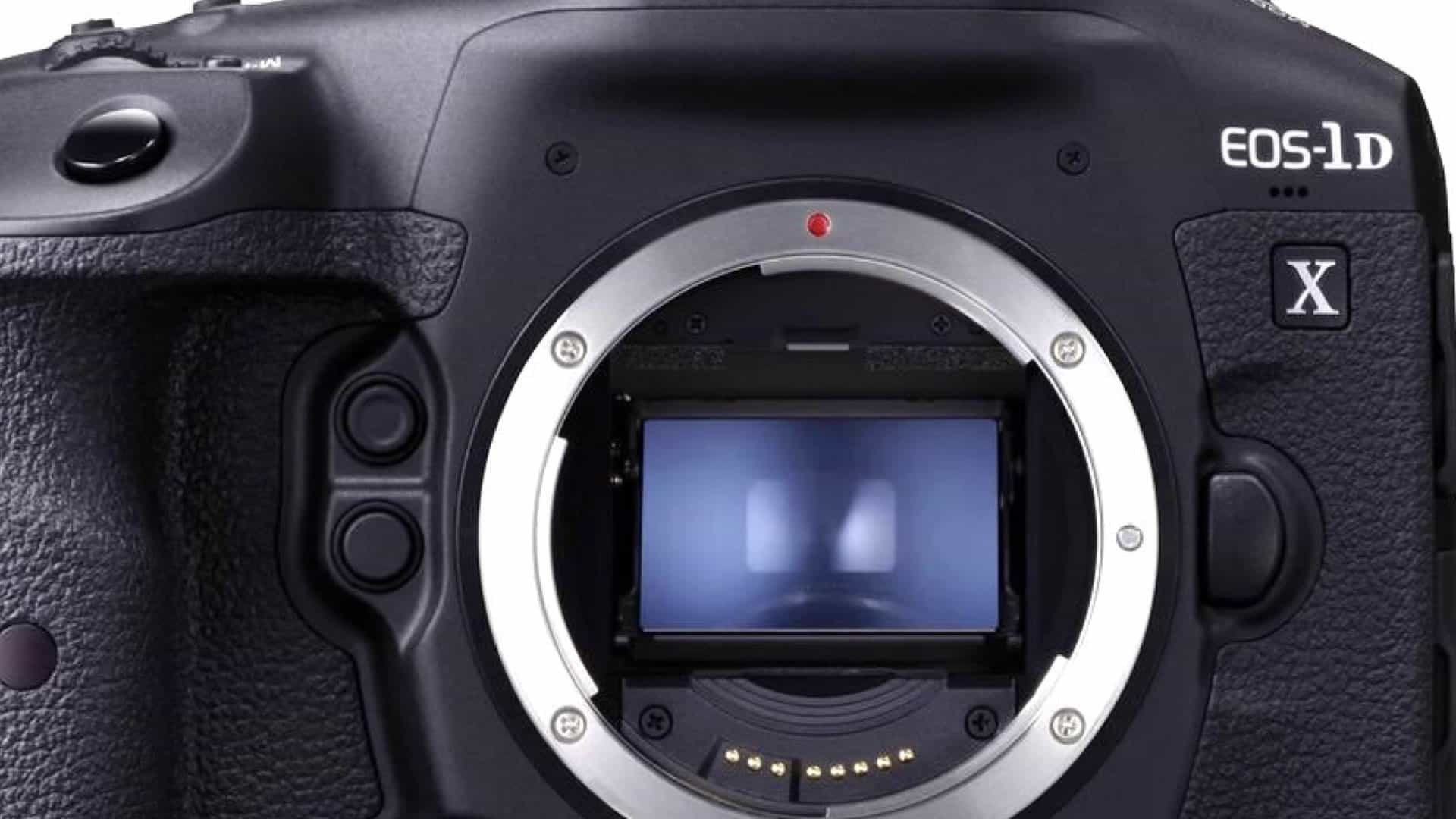
Canon’s Last DSLR Standing
Back in December 2021, Canon’s chairman and CEO Fujio Mitarai officially confirmed what many had anticipated: the EOS-1D X Mark III would be the company’s last DSLR, marking the end of an era. In the article “Canon’s Chairman and CEO: EOS-1D X Mark III Is Our Last DSLR,” he stated that Canon would shift its focus entirely to mirrorless technology. With this statement, Canon closed the chapter on its long-standing DSLR dynasty and paved the way for mirrorless cameras like the R3 and eventually the R1.
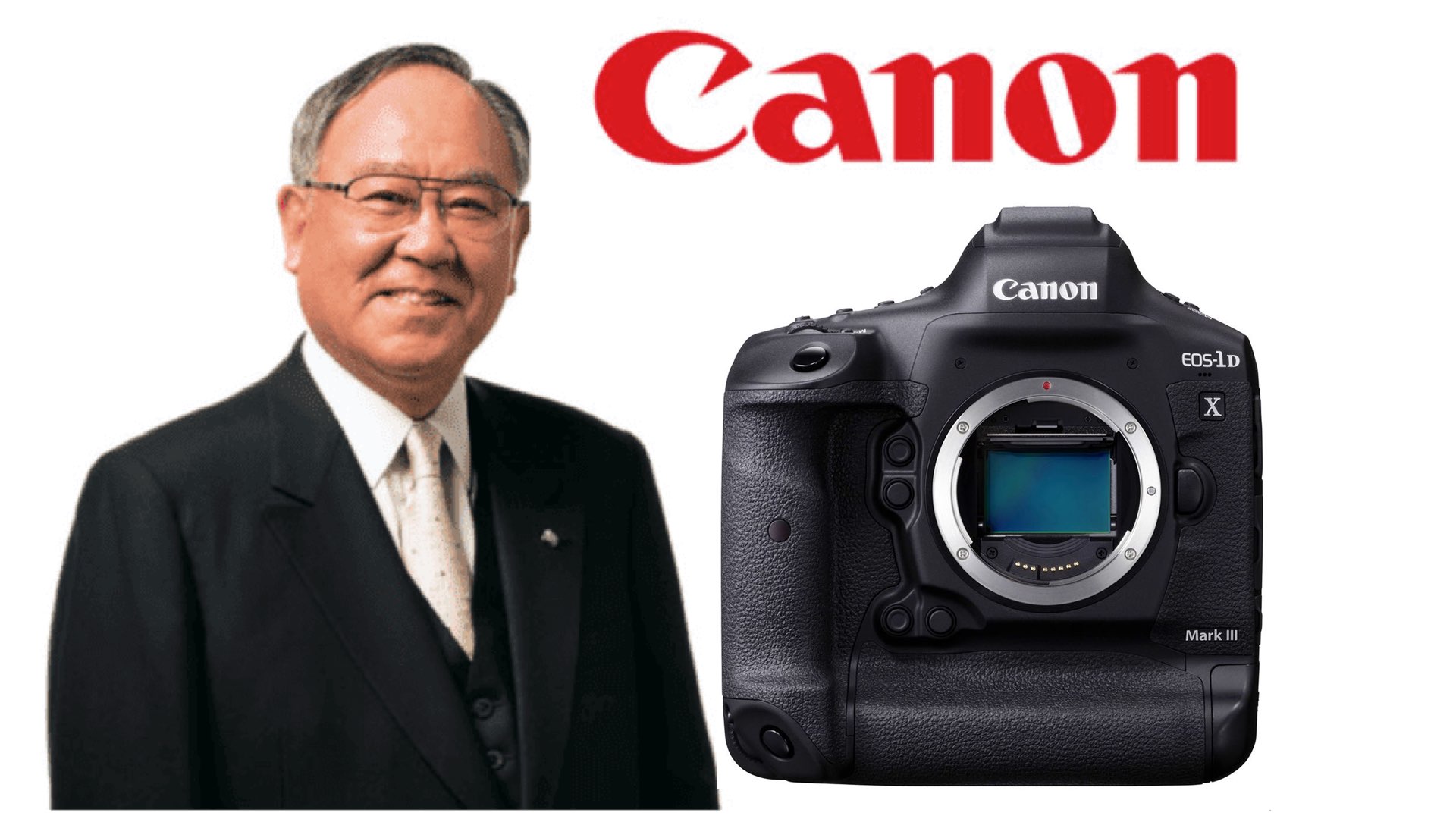
Enter the EOS R1: A Flagship for the Mirrorless Age
Fast forward to mid-2024, Canon announced the long-anticipated EOS R1, its mirrorless full-frame flagship designed to dominate professional photography and video. With its advanced AI-powered autofocus, stacked sensor, and next-gen DIGIC processor, the R1 is the manifestation of Canon’s future. It offers improvements across the board and benefits from the flexibility and innovation that mirrorless systems bring. You can read more about the R1 in the article: Canon Announces Its Full-Frame Mirrorless Flagship EOS R1 Yet somehow, despite all this progress, the older DSLR still holds a higher MSRP.
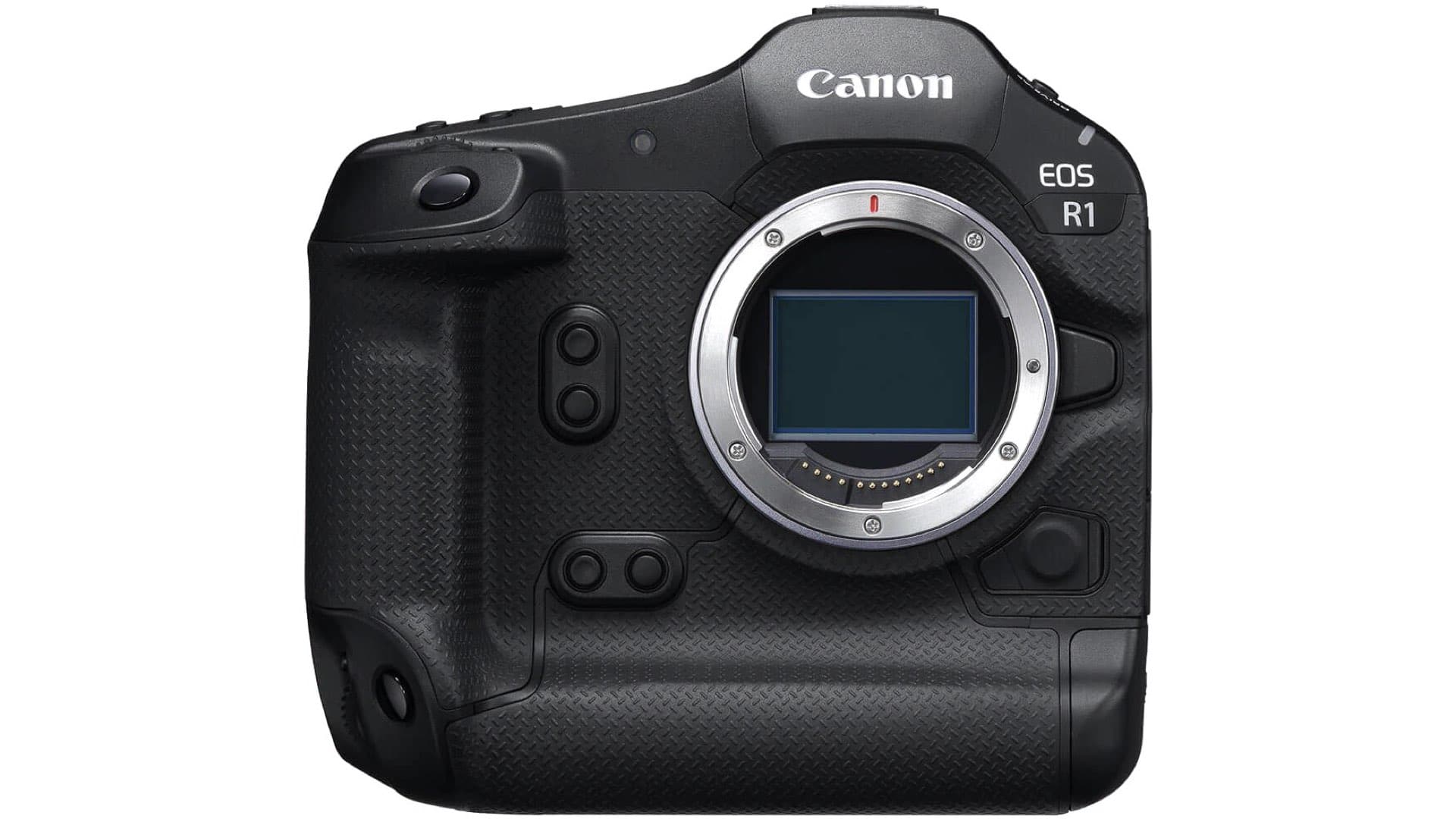
Stubborn Pricing: Still $6,499 for a Retired King?
What’s even more perplexing is that Canon has not officially lowered the MSRP of the 1D X Mark III. It continues to be listed at $6,499, over three years since its release and nearly three years since it was declared the last of its kind. While used prices have significantly dropped—as low as $2,200 on Adorama—brand-new units still demand top dollar. Interestingly, Canon did briefly offer a major price drop during a 2024 summer campaign. That story is covered in detail in “Huge Discount on the Legendary Canon 1DX Mark III,” which highlighted the rare moment when Canon acknowledged the aging product with a meaningful price cut. But those promotions were temporary, and the original price returned soon after.
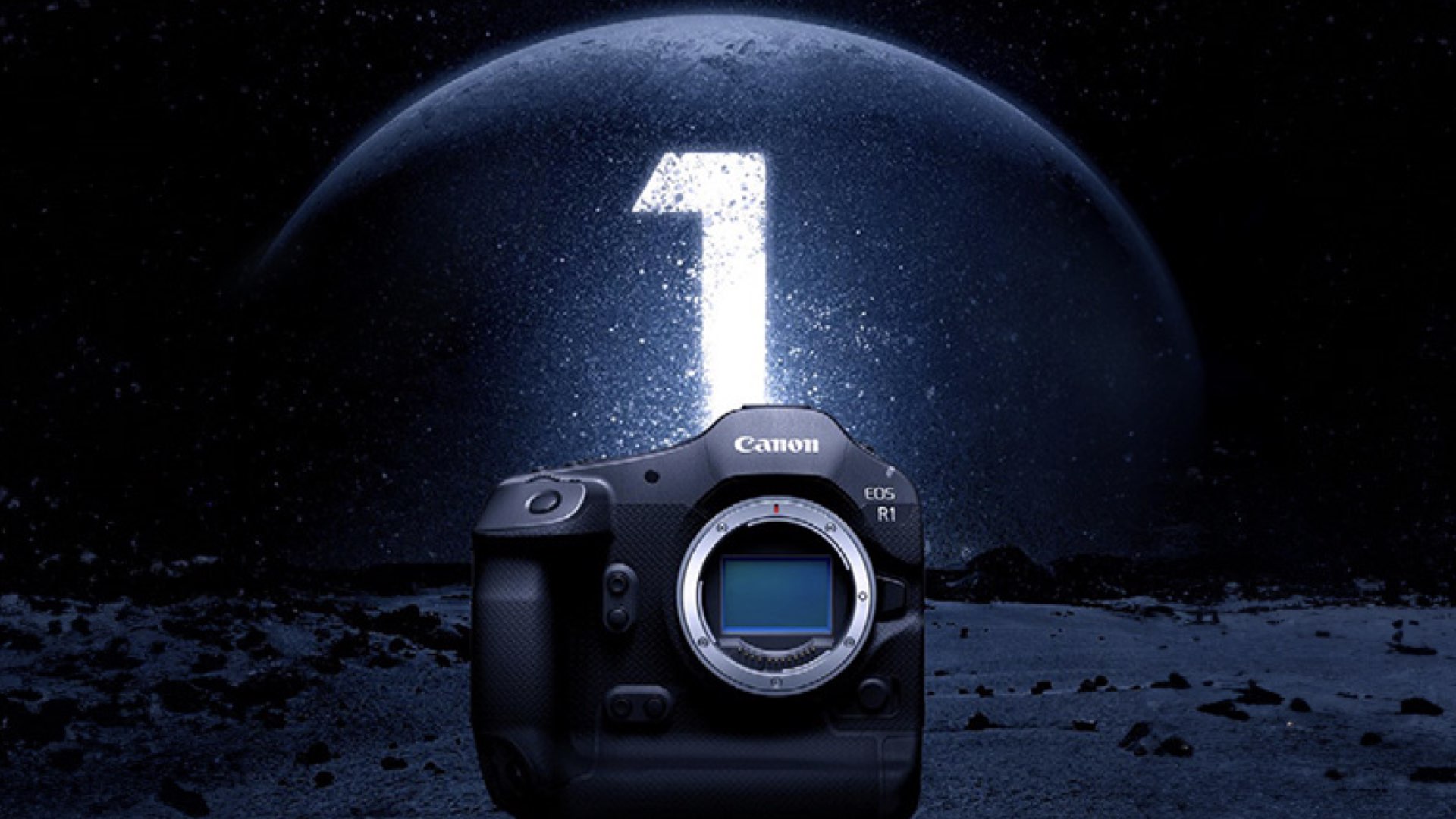
Possible Explanations for the Price Paradox
1. Psychological and Symbolic Value
The 1D X Mark III represents the end of the DSLR era. For diehard DSLR users and collectors, the camera has become a symbol—a kind of mechanical monument. Canon might be capitalizing on this symbolic status by keeping the price high to maintain a sense of legacy and value.
2. Built for Battle: Durability Over Specs
There’s no denying the tank-like build quality of the 1D X Mark III. Professionals who shoot in war zones, sports arenas, and extreme conditions often still prefer DSLRs for their optical viewfinders, battery life, and time-tested reliability. For some, no mirrorless system—no matter how advanced—can replicate that tactile and mechanical dependability. Canon may be betting on those loyalists continuing to pay top dollar for that kind of security.
3. Low Inventory, Niche Demand
It’s likely that the remaining stock of new 1D X Mark III bodies is very limited. Canon may be relying on scarcity economics here. With no more units being produced, a small but steady stream of buyers might still justify the full price in certain niche markets. Once they’re gone, they’re gone.
4. Canon’s Pricing Philosophy: Prestige Over Discounts
Canon tends to protect its flagship branding. A permanent, sharp discount on its former top-tier DSLR could be seen as devaluing the product. Instead, Canon lets the used market absorb the depreciation, while keeping new retail pricing stable to maintain brand equity.
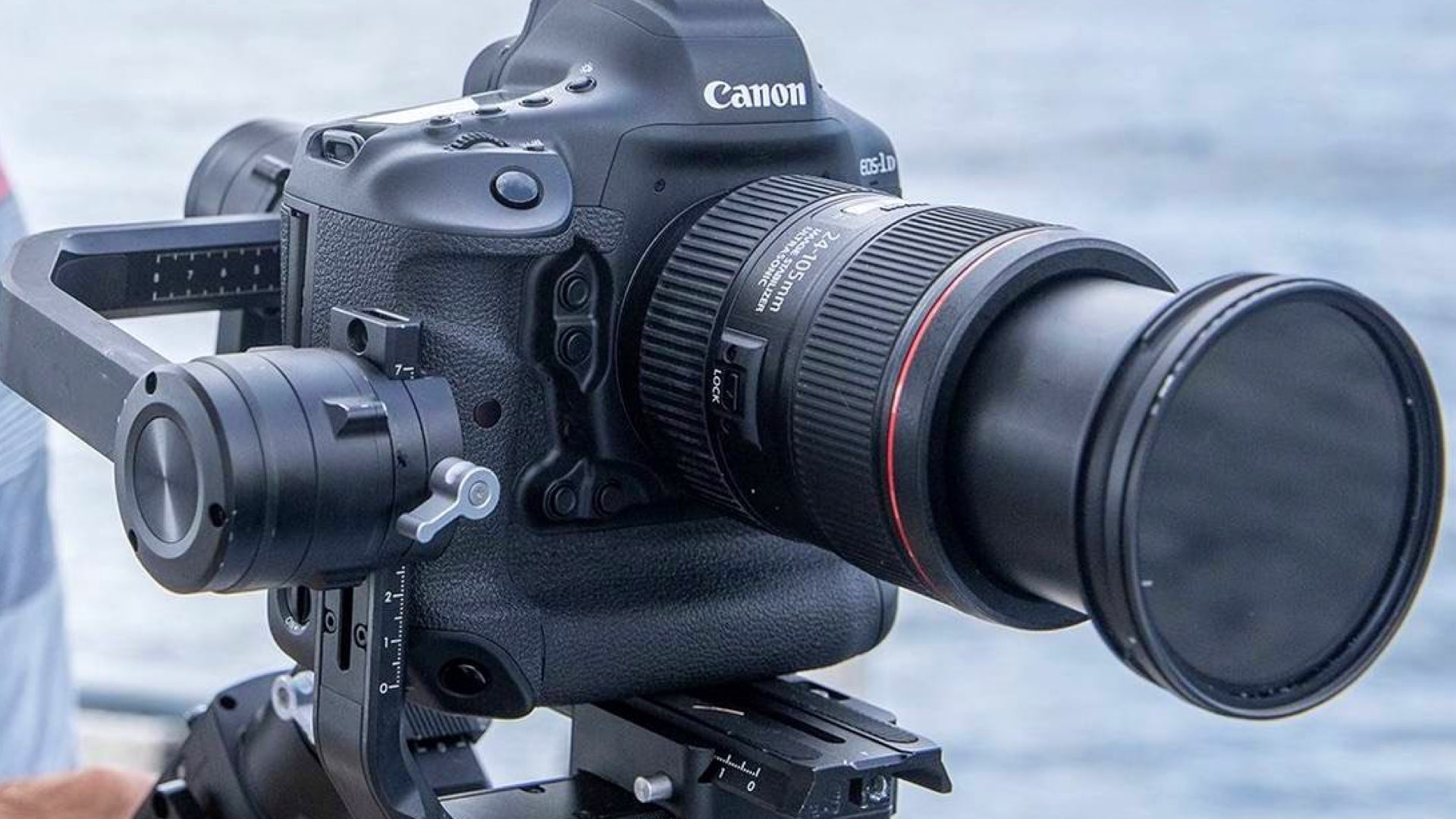
Used Market Tells a Different Story
While Canon keeps the MSRP high, the used camera market speaks the truth. You can find the EOS-1D X Mark III for under $2,200, sometimes even less depending on shutter count and condition. This wide pricing disparity between new and used units raises further questions about whether Canon’s strategy serves the customer or merely the company’s prestige. Link: Adorama’s Used Listings
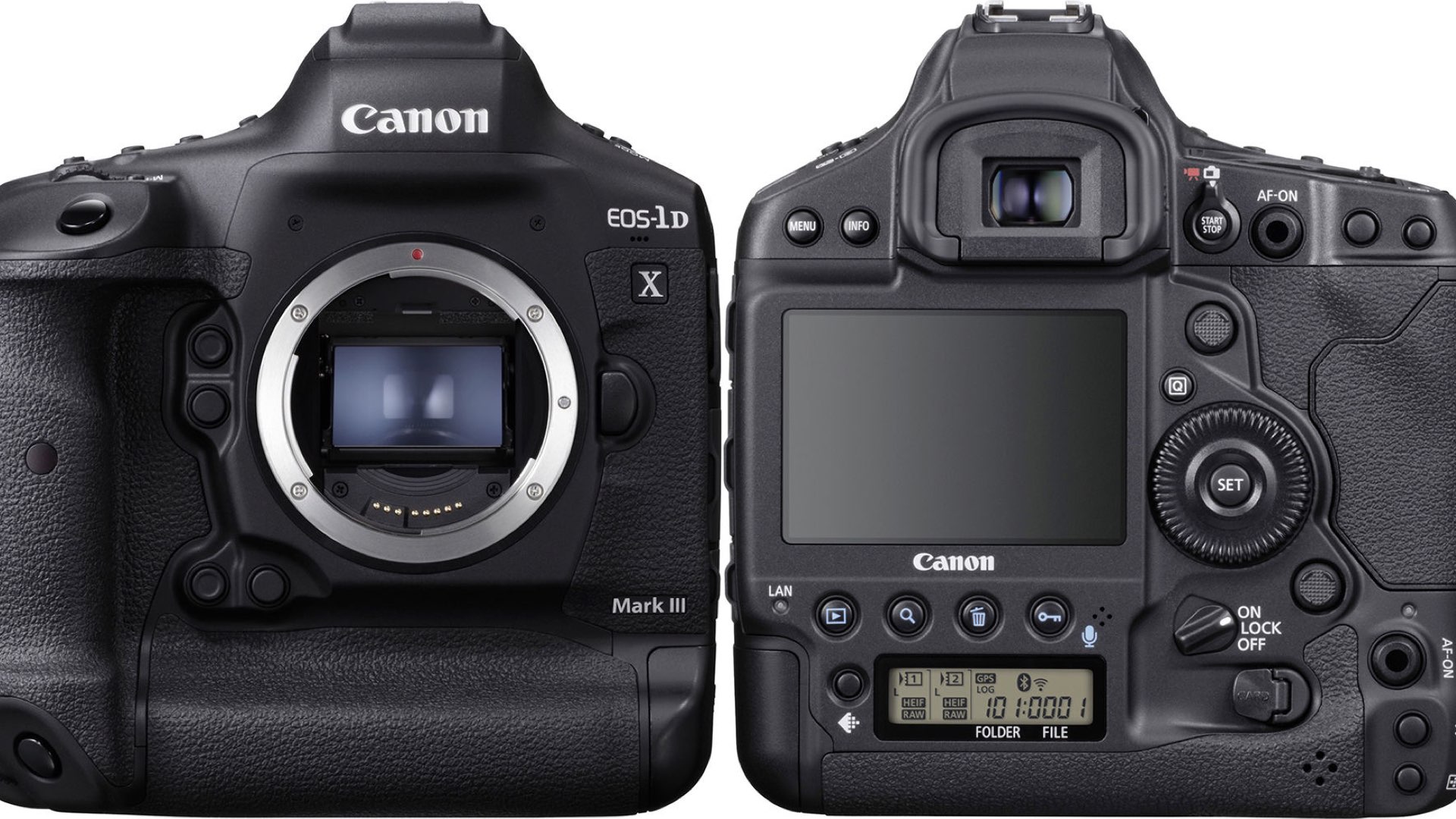
Is It Worth It? The Big Question
The answer depends on who’s asking. If you’re a modern hybrid shooter, there’s almost no compelling reason to buy a 1D X Mark III at MSRP—the EOS R1 is a more future-proof, versatile tool. But if you’re a war photographer, or a sports journalist with a stockpile of EF lenses, or simply a Canon collector, this DSLR might still hold value. But even then, is it worth $6,499 brand new? Probably not—unless you’re buying it for emotional reasons.
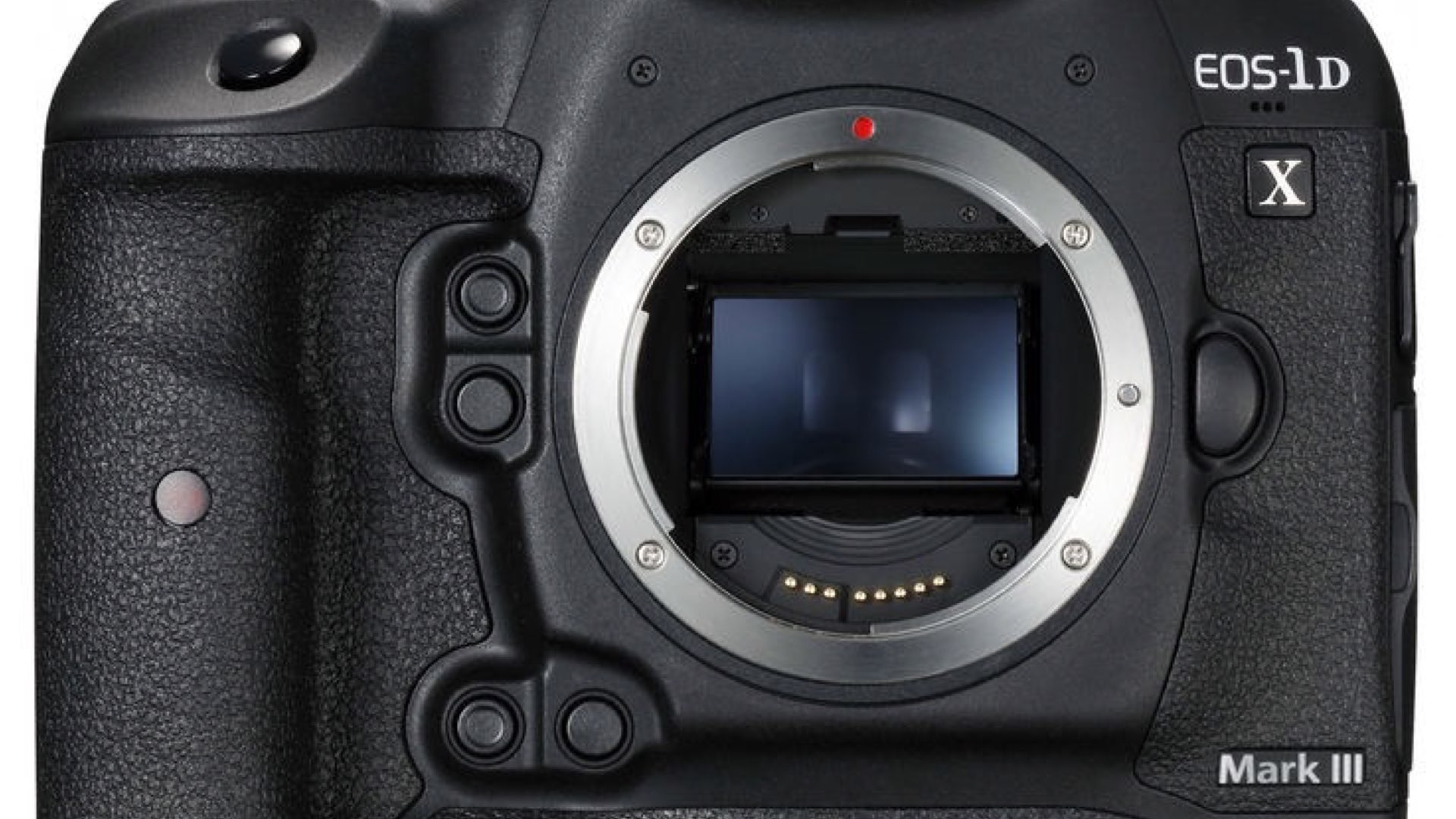
Closing Thoughts: Canon’s Pricing Moves Deserve Scrutiny
The EOS-1D X Mark III is a legend, no doubt. But that doesn’t mean it should defy economic logic. Canon’s strategy to keep its MSRP higher than its own mirrorless successor challenges the typical product lifecycle model. While symbolic value and brand loyalty can justify a lot, the $6,499 price tag in 2025 feels more like marketing theater than market reality. Maybe it’s time for Canon to officially retire the pricing, as well as the product.


